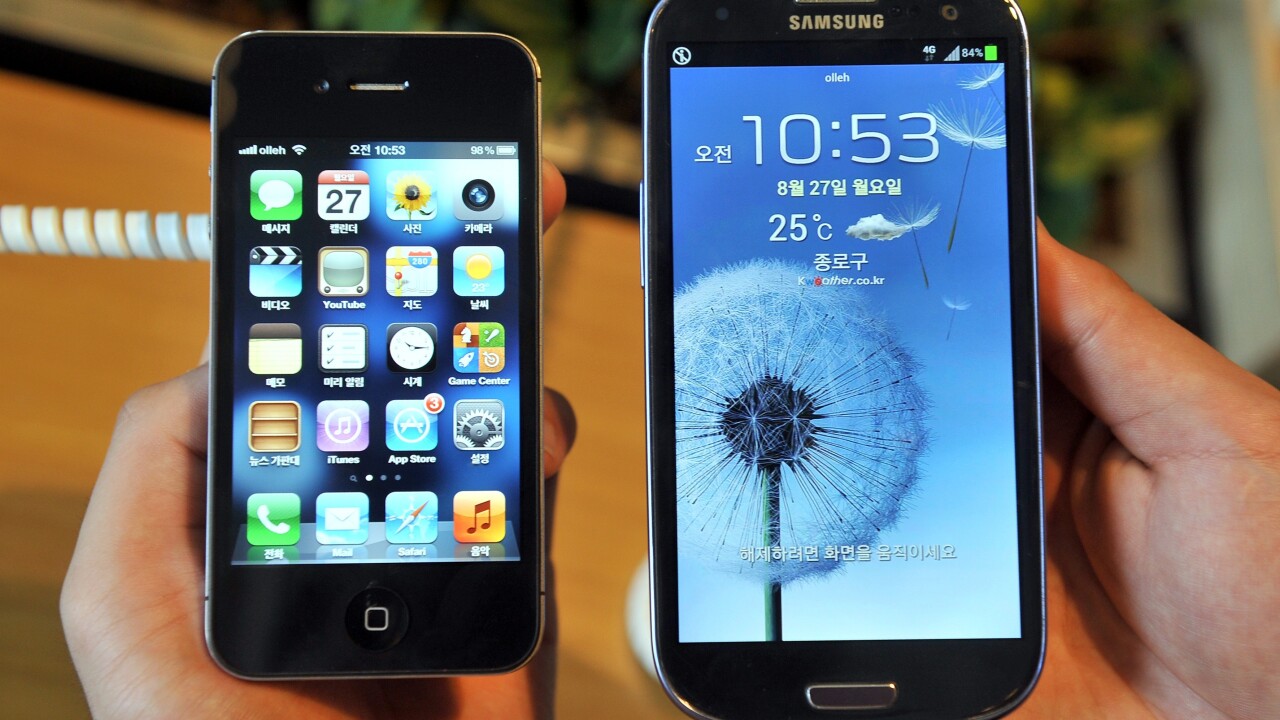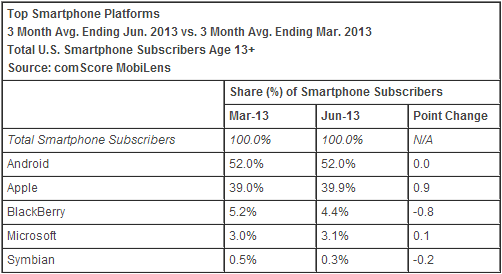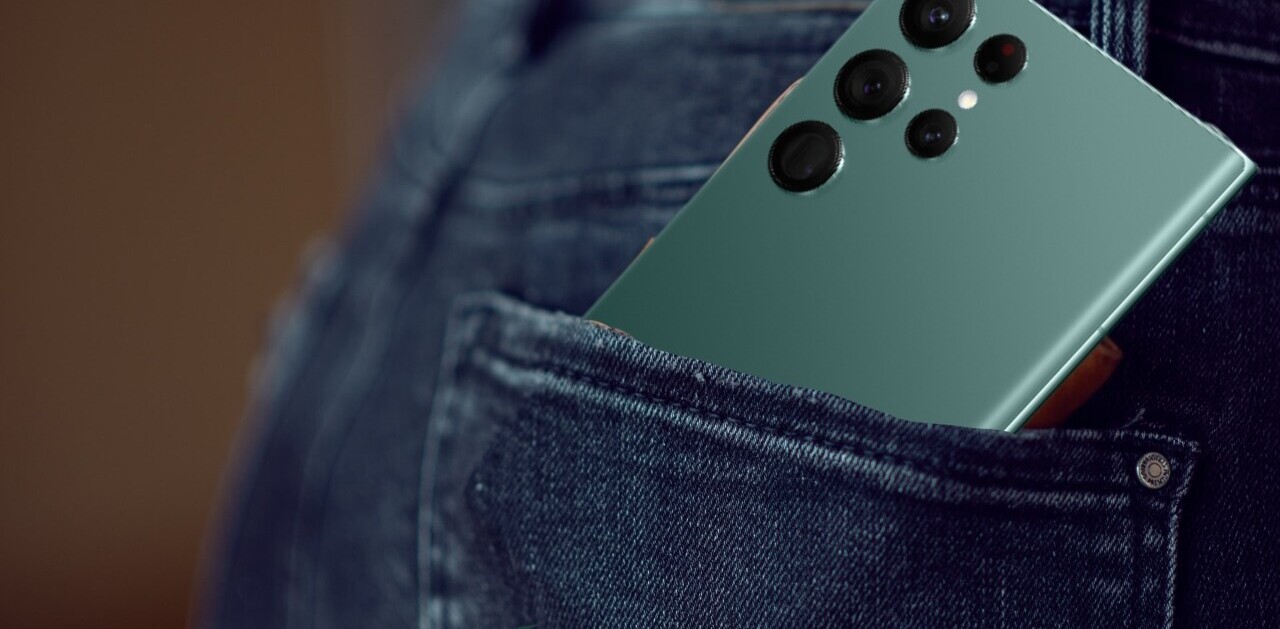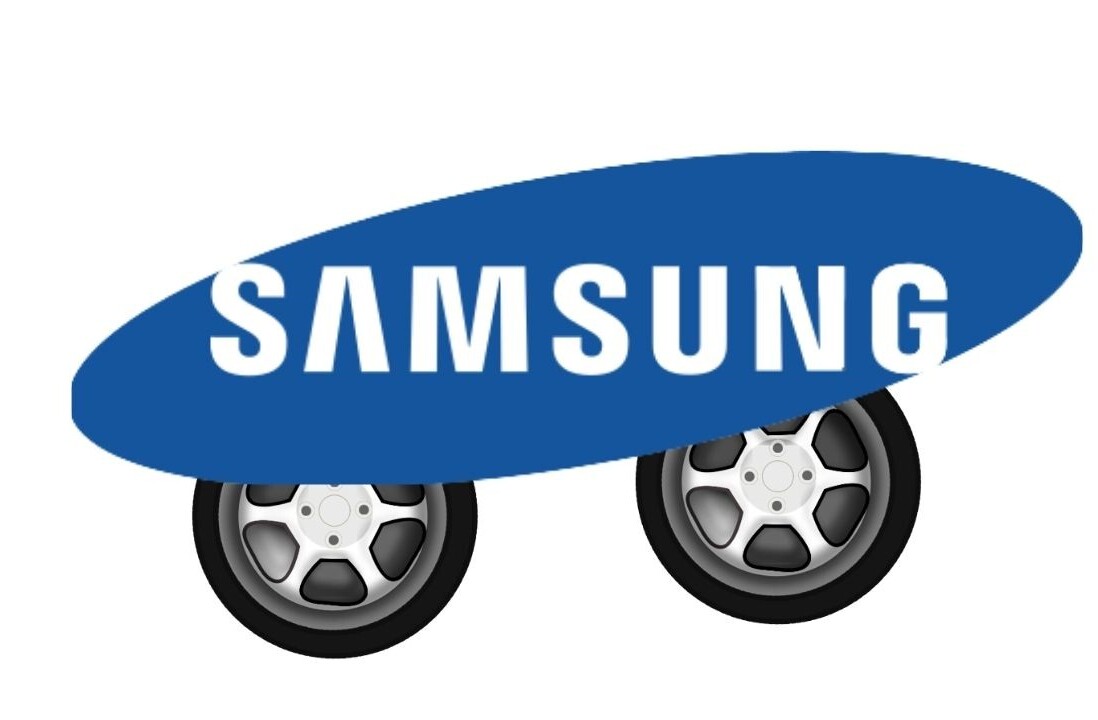
In the US, Apple’s dominance as the top smartphone OEM has all but hit the 40 percent mark at the end of the second quarter of 2013. Samsung is gaining as well, and now more quickly than its competitor. Rounding out the top five are HTC, Motorola, and LG, all of which lost share once again.
In the platform space, Google is still first courtesy of Android, Apple is second with iOS, but the latter continues to gain on the former. For the first time, Apple’s gains in the hardware space resulted in Android neither gaining nor losing share. Rounding out the top five are BlackBerry, Microsoft, and Symbian.
The latest data comes from comScore, which regularly surveys over 30,000 mobile subscribers in the US. The market research firm says 142 million Americans owned smartphones (59 percent mobile market penetration) in June, up 4 percent since March.
During the quarter, here is how the top five smartphones OEMs fared:
As you can see, Apple gained 0.9 percentage points in terms of smartphone subscribers (from 39.0 percent to 39.9 percent) while Samsung gained 2.0 percentage points (from 21.7 percent to 23.7 percent). HTC dropped 0.5 points (to 8.5 percent), Motorola fell 1.3 points (to 7.2 percent), and LG dipped 0.2 points (6.6 percent).
In other words, Samsung and Apple gained a combined 2.9 points while the other three lost 2.0 points together, meaning the duo continues to steal share from OEMs even not in the top five, at least in the US.
While the iPhone 5 is helping keep Apple ahead, as are older models of the company’s flagship product, Samsung is beginning to push back with the Galaxy S4 and its myriad of other mobile offerings. This appears to be a new trend.
We’ve been watching Apple increase its share more than the competition for months now, but in May and June, Samsung is the one with the bigger gains. Naturally, this could all turn around once again when Apple refreshes its iPhone line, and the cycle will continue over and over till a third company finally steps in.
HTC is unlikely to be the one. Although we don’t yet know definitive sales numbers for its One device, the company doesn’t look poised for a rebound.
Meanwhile, Google is finally showing its cards with Motorola’s Moto X, and while early reviews are decent, it doesn’t appear to be a huge hit. LG today showed off the G2, but again it’s way too early to predict how the device will sell stateside.
On the software side, Google is still dominating but Apple continues to make steady gains. After four months of losses in a row, Android regained share in May, and in June it stayed flat:
Samsung’s gains appear to have perfectly offset the losses of other Android makers for the first time. Google didn’t lose share between March and June (staying at 52.0 percent). Apple meanwhile increased its share by 0.9 percentage points (moving from 39.0 percent to 39.9 percent, which happens to be identical to the figure for its smartphone share).
BlackBerry was down 0.8 points (from 5.2 percent to 4.4 percent), Microsoft gained 0.1 points (from 3.0 percent to 3.1 percent), and Symbian fell another 0.2 points (from 0.5 percent to 0.3 percent). It appears BlackBerry isn’t making a comeback with its Z10 and Q10 devices, while Microsoft appears to only be doing slightly better.
As the Android-iOS duopoly in the US reaches a new high (91.9 percent market share), it’s worth comparing the numbers to those of Kantar Worldpanel. That research firm pegged Android in first, iOS in second, and Windows Phone in third; the different numbers, however, show just how varied these estimates for the US smartphone market can be.
Top Image Credit: Jung Yeon-Je/Getty Images
Get the TNW newsletter
Get the most important tech news in your inbox each week.






